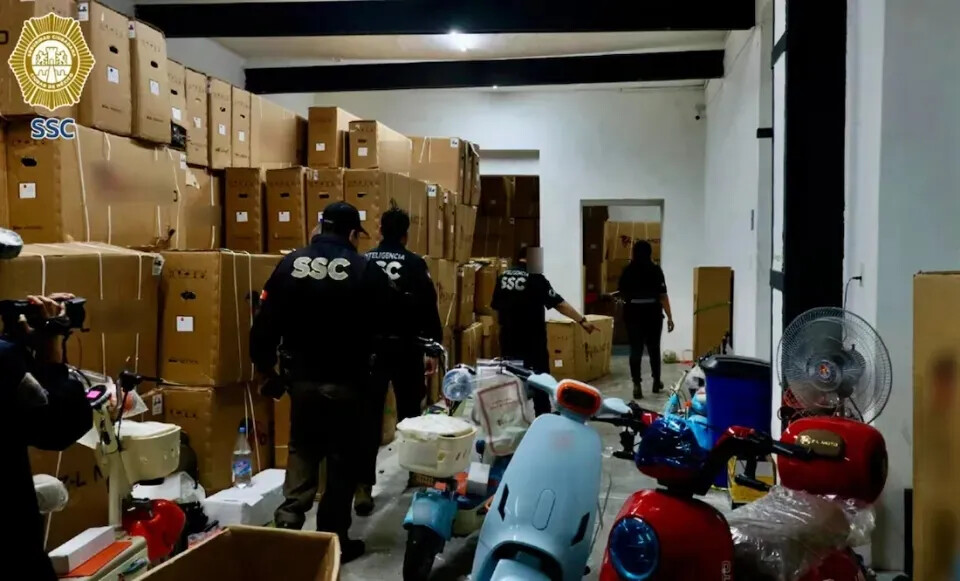In March 2025, the Mexican government launched a surprise inspection targeting two electric vehicle dealerships in Mexico City. During the operation, authorities seized at least 1,200 Chinese-made electric bicycles, with the total value estimated in the tens of millions of pesos.
According to officials, the seized vehicles were deemed illegal due to non-compliance with local technical regulations, such as lacking NOM certification, or the absence of proper import documentation, including tax receipts and customs clearance papers. Despite some dealers continuing operations and even offering discounts, the Mexican government stated that such enforcement actions will become routine, aiming to crack down on the gray market and curb illegal imports.

Why Did the Mexican Government Seize Chinese Electric Vehicles on a Large Scale?
1. Compliance Issues and Technical Standards Mismatch: Mexican regulations classify electric bicycles as "pedal-assisted devices," but currently lack detailed technical standards for such products. Many Chinese manufacturers, unfamiliar with local laws, have exported vehicles that fail to meet Mexico's specific requirements. As a result, these products are considered non-compliant and are treated as illegally imported goods.
2. Protection of Domestic Manufacturing and Industrial Autonomy: Chinese electric vehicles have rapidly gained market share in Mexico due to their competitive pricing, putting pressure on local brands. Mexican President Claudia Sheinbaum has proposed a policy of "strengthening industrial autonomy," aiming to reduce the country's dependence on Chinese-made products. The recent crackdown is seen as part of efforts to protect domestic industries. The government also plans to raise import thresholds, giving local manufacturers more time and space for technological upgrades.

3. Cracking Down on the Grey Economy and Tax Evasion: According to Mexican customs data, tax losses from under-invoicing and informal clearance procedures exceeded USD 820 million in 2024. During the latest seizure operation, vendors were fined for failing to provide complete tax documentation, sending a clear signal: the government is tightening tax inspections and requiring importers to declare goods accurately and pay full duties.
Currently, customs data between China and Mexico is not integrated. As a result, product origin tracing relies heavily on manual verification, leaving room for illicit goods to enter the market. Moreover, limited investment in the digital transformation of Mexico's customs system, coupled with poor interdepartmental coordination, makes it difficult to manage complex product categories and keep pace with technological developments. Additionally, legal penalties for illegal imports remain relatively light, usually capped at 5% of the product's value, which fails to serve as a strong deterrent. This leniency encourages risky behavior among some traders, allowing grey market practices to persist despite repeated crackdowns.

It is worth noting that against the backdrop of escalating U.S. tariff threats, Mexico has significantly tightened its inspection measures on imported goods, with Chinese products becoming a primary focus. Given this trend, it is highly likely that inspections targeting Chinese goods in Mexico will become increasingly stringent in the near future. This development reflects the unique risks Chinese enterprises are facing in the Latin American market.
For Chinese companies intending to invest in Mexico, there is an urgent need to reassess their strategic approach. Specifically, they should explore and establish new investment models through three key dimensions, building robust compliance systems, promoting technological localization, and strengthening supply chain integration. These measures will help businesses respond proactively to emerging challenges and enhance both their competitiveness and resilience in the Mexican market.

